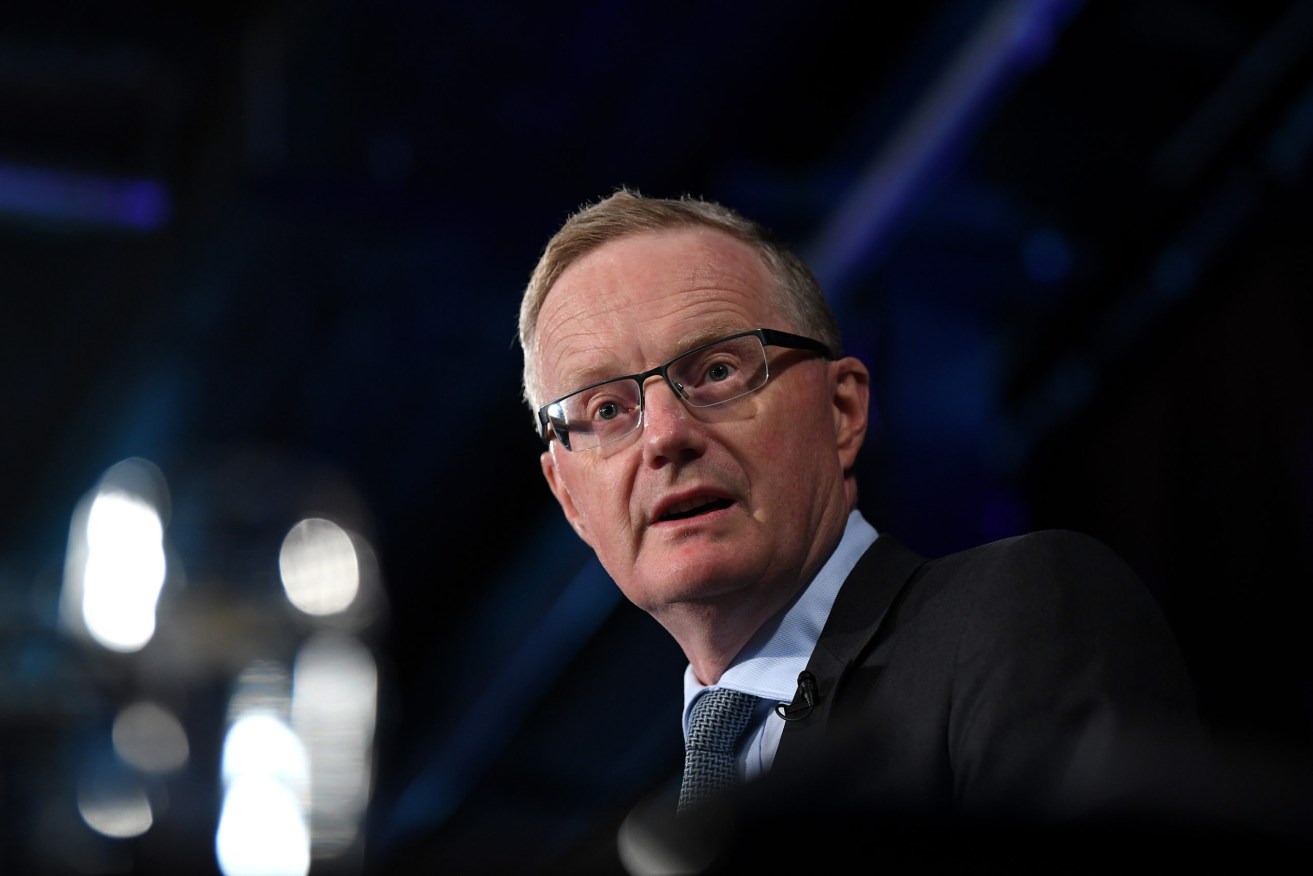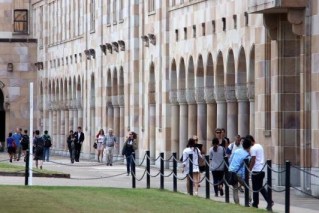Pump it up: Rates tipped to rise early as Reserve Bank drops 2024 target
The Reserve Bank has dropped its claim that interest rates would not rise before 2024, leaving economists tipping mortgage increases as early as next year.


Reserve Bank Governor Philip Lowe. (Photo: AAP Image/Joel Carrett)
The RBA also officially gave up its fight to maintain government bond yields but the market knew this last week when the RBA chose not to intervene in the market.
The central bank will, however, continue to pump cash into the economy and maintain its $4 billion a week bond-buying program until at least February.
One impact from today’s statement is that it may affect the sentiment of homebuyers and dampen demand in a market that has jumped 20 per cent this year in Brisbane and predicted to rise another 10 per cent next year.
In its statement, the RBA board said it would not increase the cash rate until actual inflation was sustainably within the 2 to 3 per cent target range.
“This will require the labour market to be tight enough to generate wages growth that is materially higher than it is currently. This is likely to take some time. The board is prepared to be patient, with the central forecast being for underlying inflation to be no higher than 2.5 per cent at the end of 2023 and for only a gradual increase in wages growth,” the RBA said.
Economist Saul Eslake said a key point was the RBA forecast that unemployment would get to 4 per cent at the end of 2023.
“Hence I’d be looking for the first rate increase sometime in the first half of 2023,” Eslake said.
Others, like AMP Capital’s Shane Oliver are tipping a rate rise in 2022, but the ANZ sided with Eslake.
“The market is likely to continue to disagree, but by referencing 2023 and emphasising that it will be patient the RBA has taken steps to try to limit the extent to which market pricing pushes higher,” the ANZ said.
“As for why the RBA can be patient, the key is that underlying inflation and wages growth are still low. The statement argues that inflation “in underlying terms is still low, at 2.1 per cent.”
“What’s more, the RBA’s forecasts only have underlying inflation “of around 2.25 per cent over 2021 and 2022.
“This is a touch higher than what we thought the RBA would forecast for 2022.”
Reserve Bank Governor Philip Lowe said a rise in the cash rate in 2022 was unlikely.
A key issue for the RBA appeared to be that wage growth was not sufficiently strong for it to act on rates.
“Wages growth is expected to pick up gradually as the labour market tightens, with the Wage Price Index forecast to increase by 2.5 per cent over 2022 and 3 per cent over 2023. The main uncertainties relate to the persistence of the current disruptions to global supply chains and the behaviour of wages at the lowest unemployment rate in decades,” it said.
“The bank’s business liaison and the data on job ads suggest that many firms are now hiring, which will boost employment over coming months. The central forecast is for the unemployment rate to trend lower over the next couple of years, reaching 4.25 per cent at the end of 2022 and 4 per cent at the end of 2023,” the RBA board statement said.
“Inflation has picked up, but in underlying terms is still low, at 2.1 per cent. The headline CPI inflation rate is 3 per cent and is being affected by higher petrol prices, higher prices for newly constructed homes and the disruptions in global supply chains.
“A further, but only gradual, pick-up in underlying inflation is expected. The central forecast is for underlying inflation of around 2.25 per cent over 2021 and 2022 and 2.5 per cent over 2023.
“The decision to discontinue the yield target reflects the improvement in the economy and the earlier-than-expected progress towards the inflation target. Given that other market interest rates have moved in response to the increased likelihood of higher inflation and lower unemployment, the effectiveness of the yield target in holding down the general structure of interest rates in Australia has diminished.
“The board is committed to maintaining highly supportive monetary conditions to achieve a return to full employment in Australia and inflation consistent with the target. While inflation has picked up, it remains low in underlying terms. Inflation pressures are also less than they are in many other countries, not least because of the only modest wages growth in Australia.
“Financial conditions in Australia remain highly accommodative, with most lending rates at record lows. Bond yields have increased recently and bond market volatility has also risen significantly. The exchange rate has appreciated a little, but remains within the range of the past year.
“The decision to discontinue the yield target reflects the improvement in the economy and the earlier-than-expected progress towards the inflation target. Given that other market interest rates have moved in response to the increased likelihood of higher inflation and lower unemployment, the effectiveness of the yield target in holding down the general structure of interest rates in Australia has diminished.”












